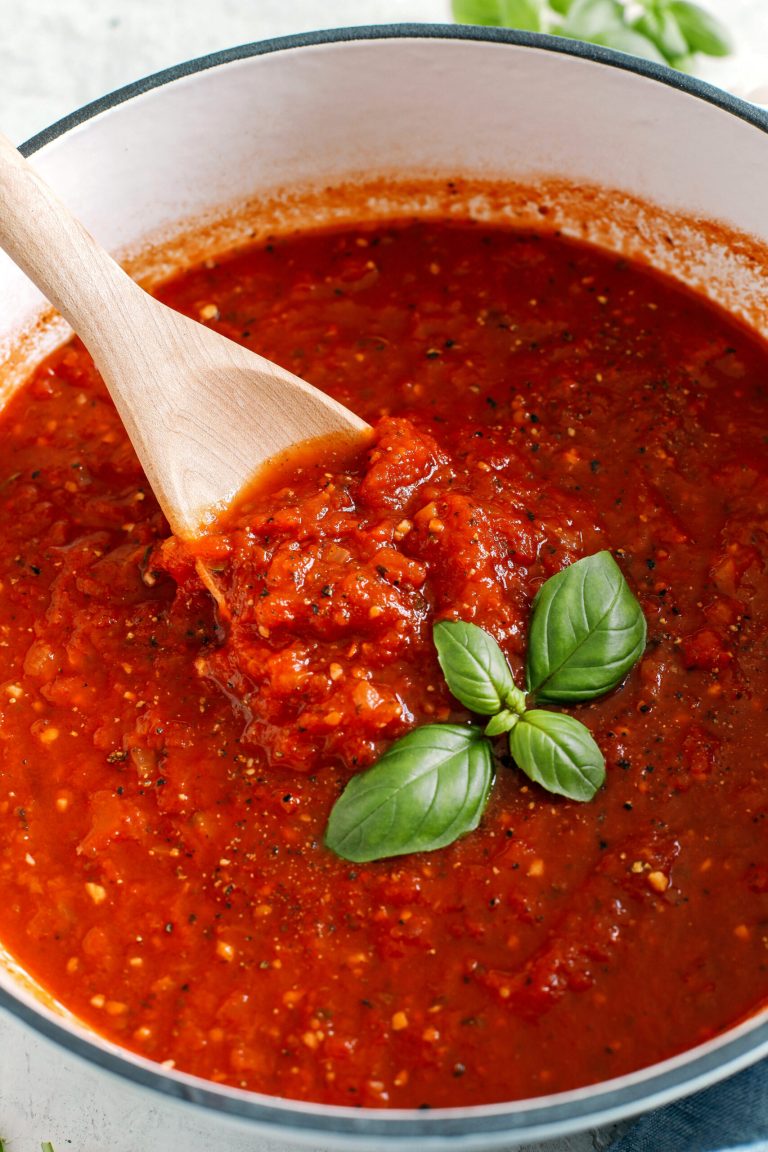Tunisian Harissa: Origins, Health Benefits, and Culinary Uses Explained
Tunisian Harissa, a staple in North African cuisine, dates back centuries. Originating from Tunisia, this chili paste became prominent during the spread of chili peppers post-Columbian exchange. Initially used for its preservative qualities, Harissa evolved into a culinary essential. The Berbers, indigenous to North Africa, adopted chili peppers early on, integrating them with local ingredients like garlic and olive oil. Throughout history, Harissa symbolized resilience and adaptability, mirroring the North African spirit. Ancient trade routes facilitated the spice blend’s exchange, enriching its complexity and flavor profile.
Regional Variations
Different regions in Tunisia offer distinct takes on Harissa, reflecting local tastes and traditions. In the Cap Bon area, known for its fertile lands, Harissa includes a sweeter, milder profile using piment doux and sundried tomatoes. Coastal cities like Tunis introduce seafood into the mix, enhancing its briny undertones. Central Tunisia’s version tends to be spicier, with a higher chili pepper ratio and a robust garlic note. Each region’s variation showcases Tunisia’s diverse culinary landscape, making Harissa a versatile and regional-specific condiment.
Key Ingredients in Tunisian Harissa
Chili Peppers: The Core Component
Chili peppers form the cornerstone of Tunisian Harissa, providing its signature heat. Locally, the Baklouti chili, with a Scoville rating of 1,000 to 5,000 units, is favored for its mild but potent flavor profile. Sun-drying the peppers intensifies their heat and imparts a smoky undertone. After rehydrating, the peppers are ground into a paste, creating the base of Harissa.
Additional Spices and Their Roles
Garlic contributes a pungent, savory note that enhances the complexity of Harissa. Caraway seeds, with a hint of anise, add a distinct aromatic dimension, while coriander seeds provide a citrusy undertone. Cumin seeds lend an earthy, warm flavor that balances the heat. Olive oil, used both for its rich texture and preservation qualities, binds these ingredients together into a smooth, cohesive paste. Salt acts as a preservative and amplifies the overall taste.
Together, these spices and components create a harmonious blend, making Tunisian Harissa a unique and versatile condiment.
Culinary Uses of Tunisian Harissa
As A Condiment
You can use Tunisian Harissa as a condiment to add a burst of flavor to various dishes. Spread it on bread or sandwiches for an added kick. Add a dollop to soups, stews, and even couscous to enhance their taste. Pair it with grilled meats and vegetables for a more intense flavor profile. Use Harissa as a dip for crusty bread or mix it with yogurt for a unique, spicy dip.
In Cooking Recipes
Integrate Tunisian Harissa into your cooking to infuse dishes with its unique flavor. Stir it into pasta sauces for a spicy twist that elevates traditional recipes. Blend it into marinades for chicken, beef, or lamb to deeply incorporate its flavors before grilling or roasting. Use it in tagines and other slow-cooked dishes for a rich, complex taste. Add it to scrambled eggs or omelets to give your breakfast a flavorful punch.
Health Benefits of Tunisian Harissa
Nutritional Profile
Tunisian Harissa packs a range of essential nutrients. This spicy paste typically includes chili peppers, garlic, olive oil, caraway seeds, coriander seeds, cumin seeds, and salt.
Nutritional Values per 100 grams:
| Nutrient | Amount |
|---|---|
| Calories | 212 kcal |
| Protein | 3.2 grams |
| Fat | 13.4 grams |
| Carbohydrates | 21.6 grams |
| Fiber | 4.8 grams |
| Vitamin C | 144 mg |
| Vitamin B6 | 0.2 mg |
| Iron | 2.6 mg |
| Magnesium | 47 mg |
| Potassium | 720 mg |
Chili peppers are rich in Vitamin C, which supports your immune system. Garlic offers antiseptic and antibacterial properties, while olive oil contains healthy fats beneficial for heart health. The seeds (caraway, coriander, cumin) supply fiber, minerals, and antioxidants.
Potential Health Impacts
Tunisian Harissa contributes to several health benefits linked to its ingredients.
Enhances Metabolism: The capsaicin in chili peppers boosts metabolism, helping burn calories faster. This can support weight management when incorporated into a balanced diet.
Supports Heart Health: Olive oil, a key ingredient, contains monounsaturated fats that help reduce bad cholesterol (LDL) levels while increasing good cholesterol (HDL). This can lower your risk of heart disease.
Boosts Immunity: High levels of Vitamin C and antioxidants in chili peppers and garlic bolster your immune system. These nutrients fight free radicals and reduce inflammation, improving overall health.
Aids Digestion: Fiber from seeds and peppers promotes healthy digestion, preventing constipation and fostering a healthy gut. Additionally, cumin seeds contain compounds that stimulate digestive enzymes.
Anti-inflammatory Properties: The natural antioxidants in coriander and caraway seeds help combat inflammation, potentially alleviating conditions like arthritis. Garlic’s saponins further enhance these anti-inflammatory effects.
By integrating Tunisian Harissa into your meals, you not only elevate the flavor profile but also reap a host of nutritional benefits that support overall health.
Conclusion
Embracing Tunisian Harissa in your culinary repertoire opens the door to a world of vibrant flavors and health benefits. This spicy paste is more than just a condiment; it’s a nutritional powerhouse that can elevate your meals while supporting your well-being. Whether you’re seeking to boost your metabolism or enhance your heart health, incorporating Harissa is a flavorful and health-conscious choice. So, the next time you’re looking to spice things up in the kitchen, reach for Tunisian Harissa and enjoy the rich tradition and benefits it brings to your table.






